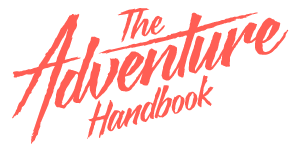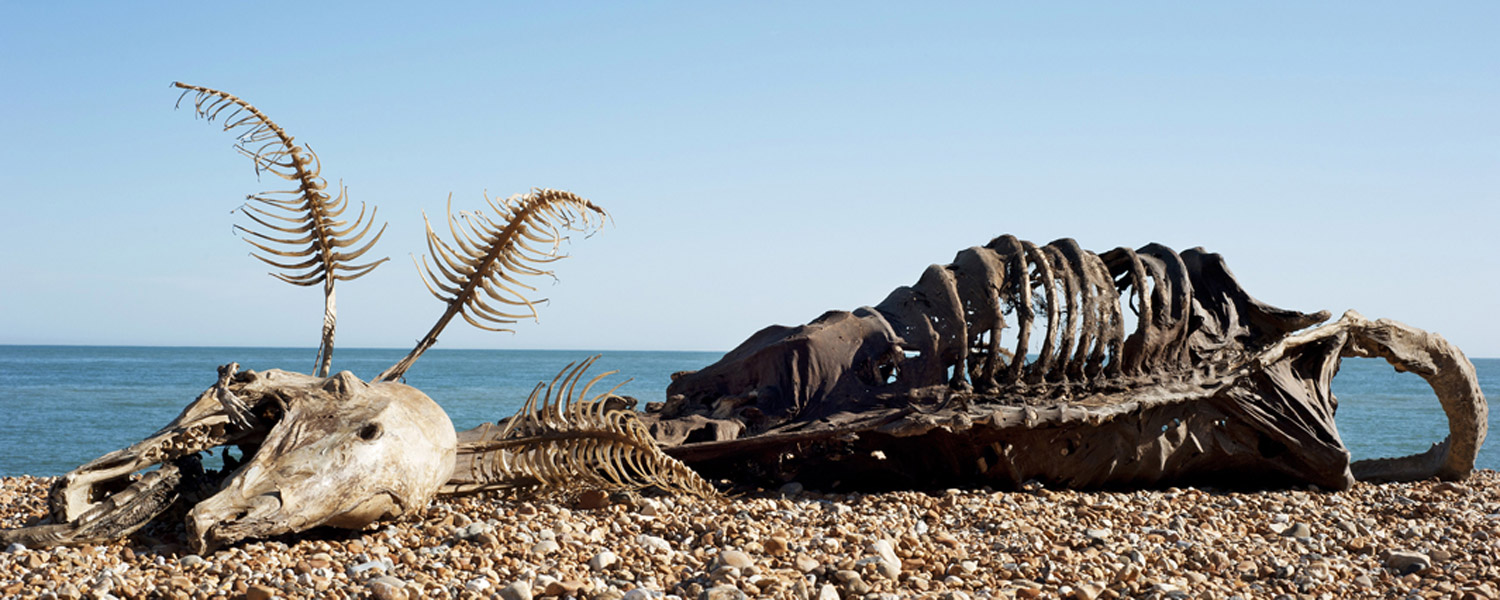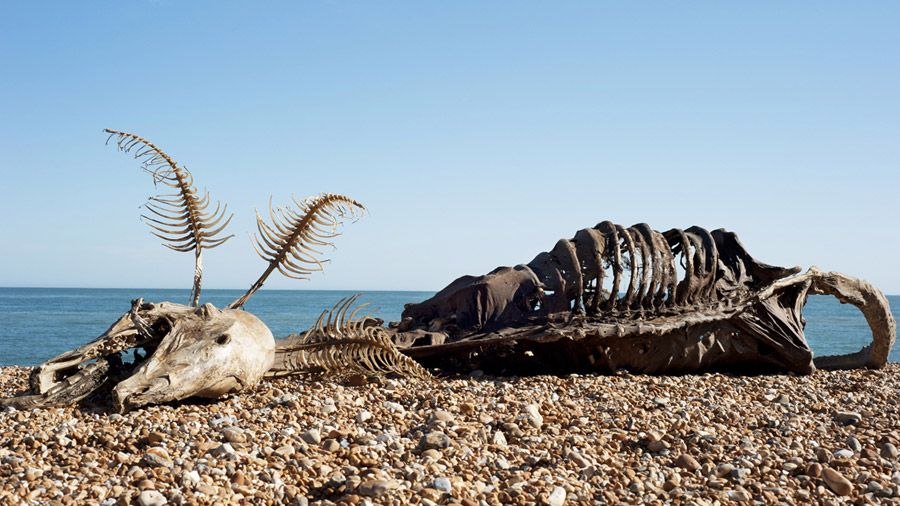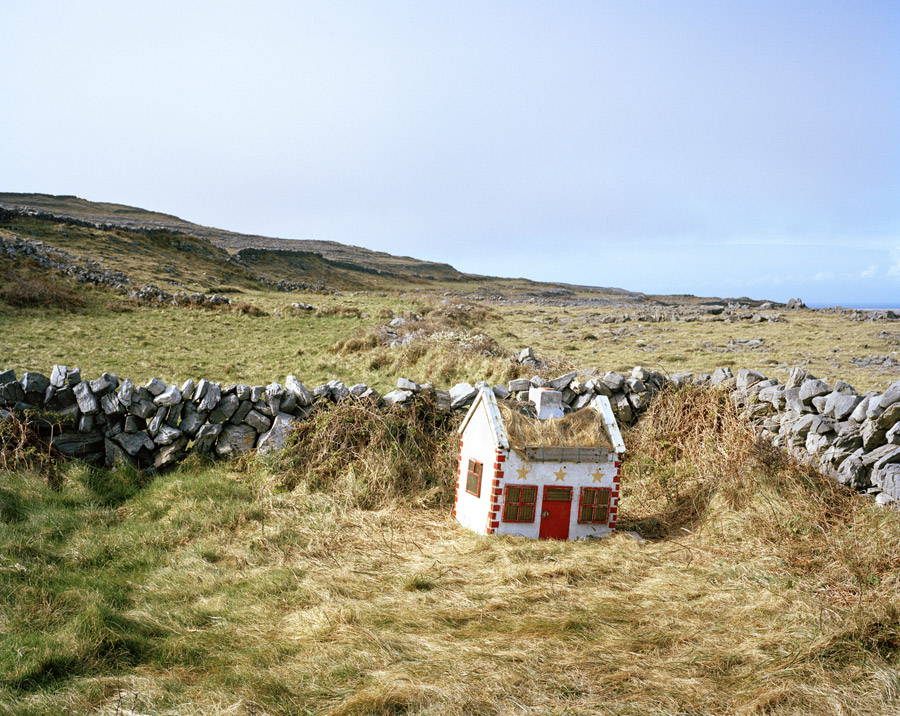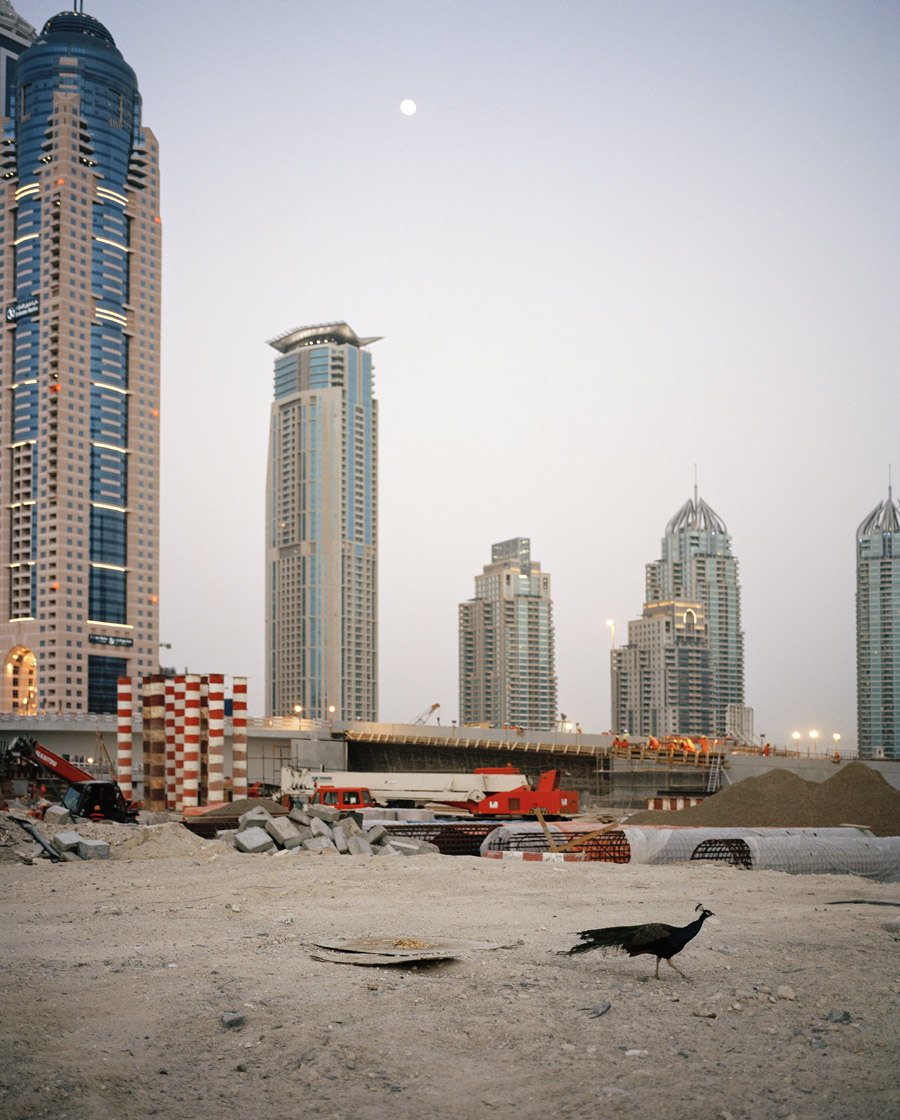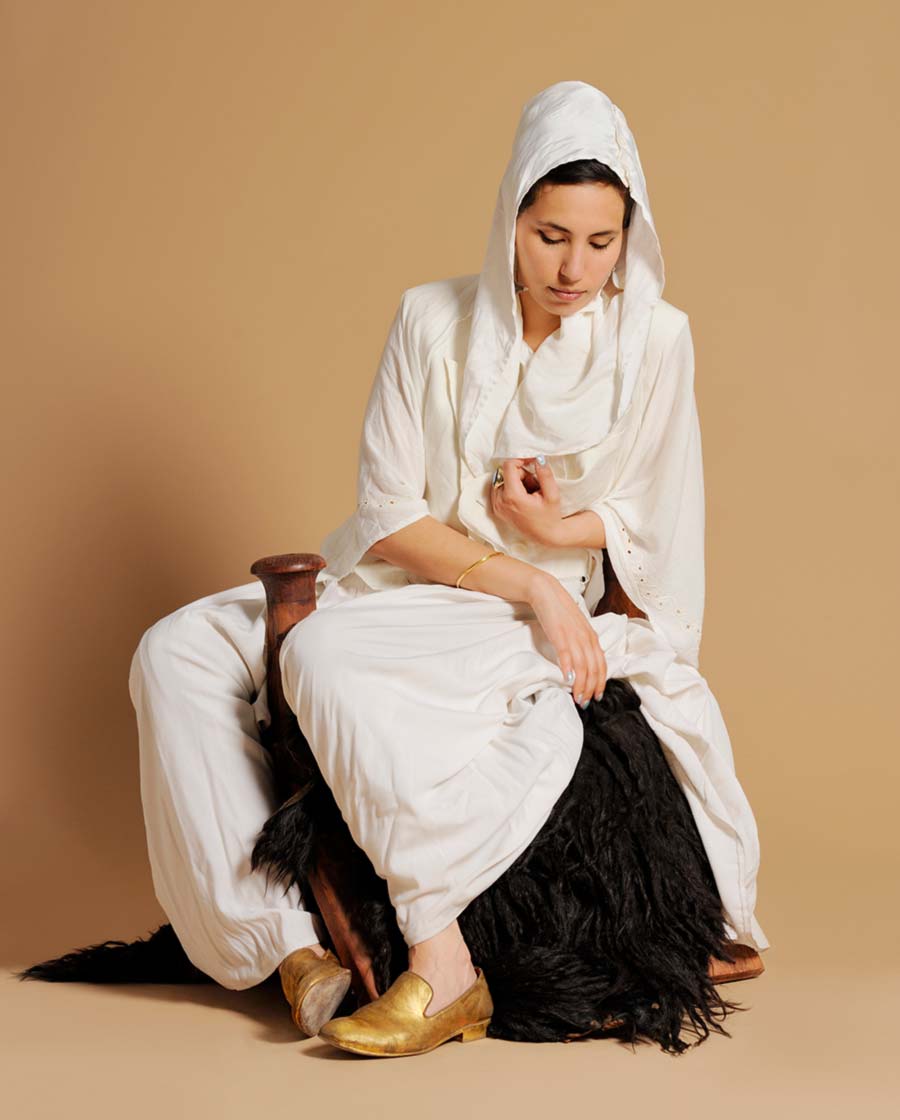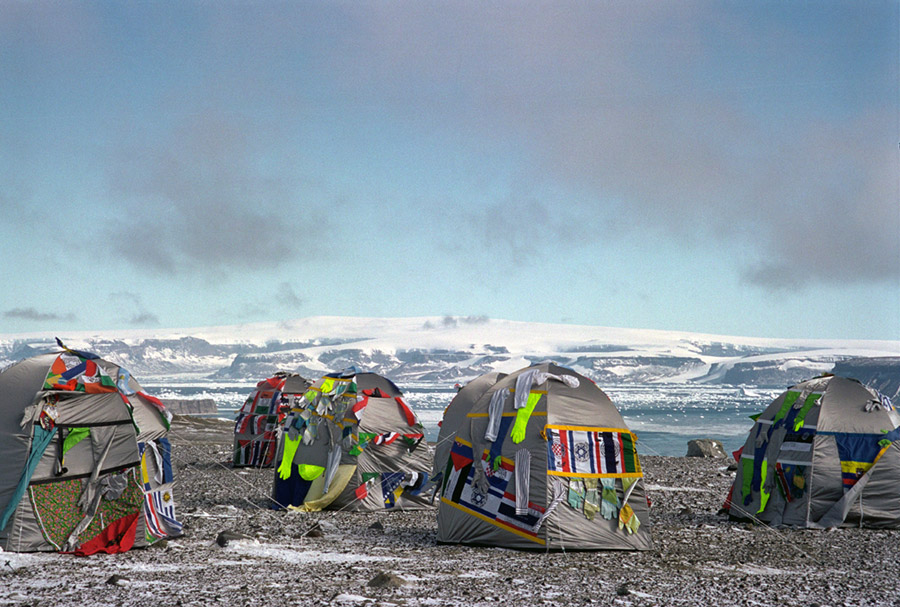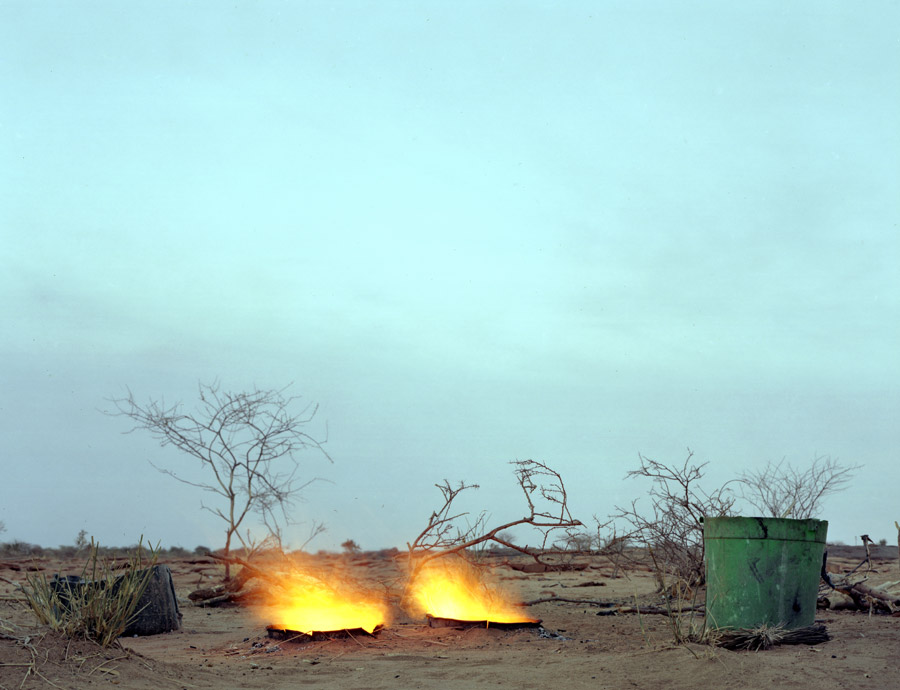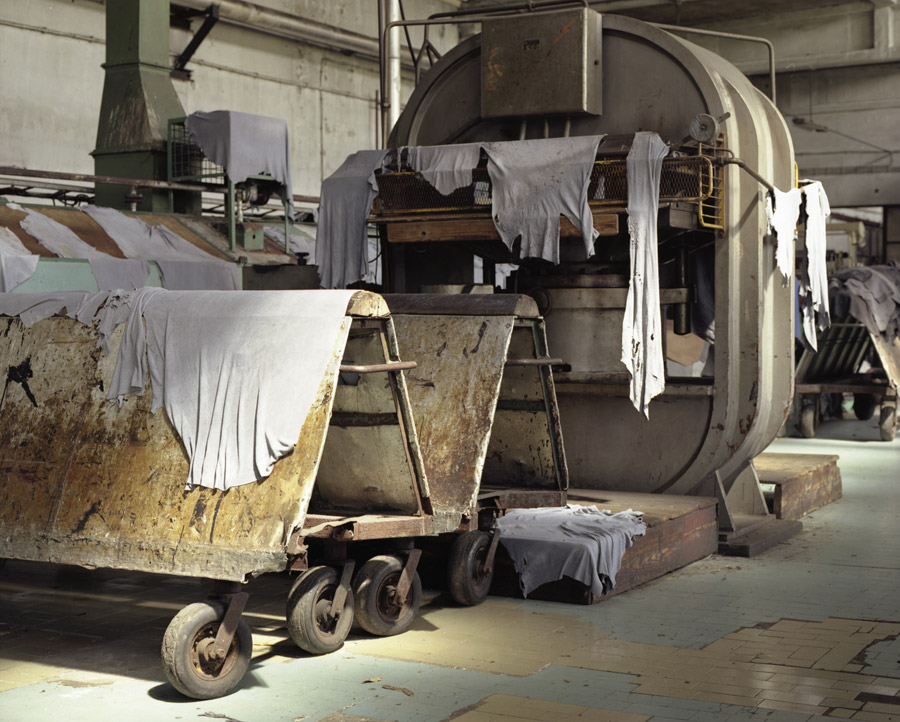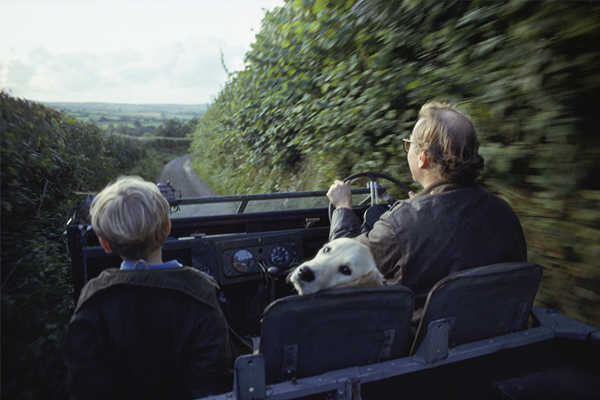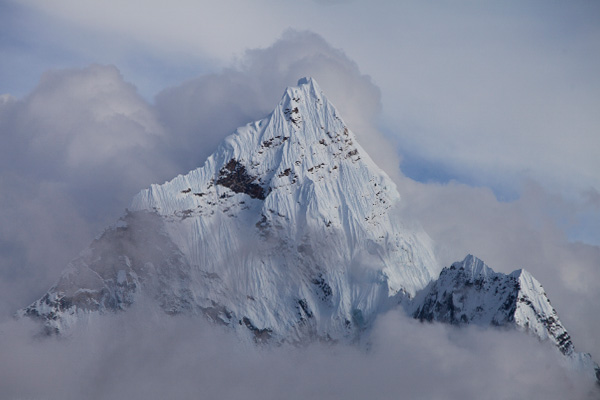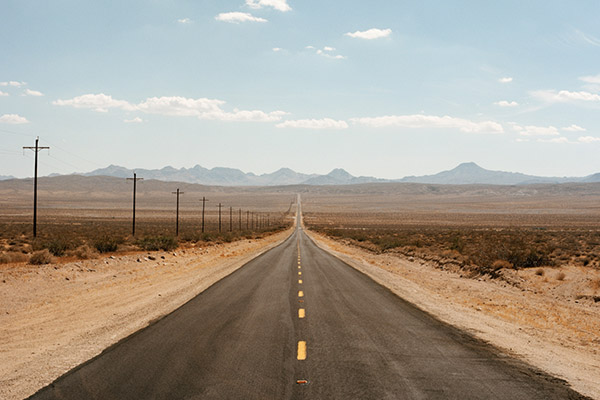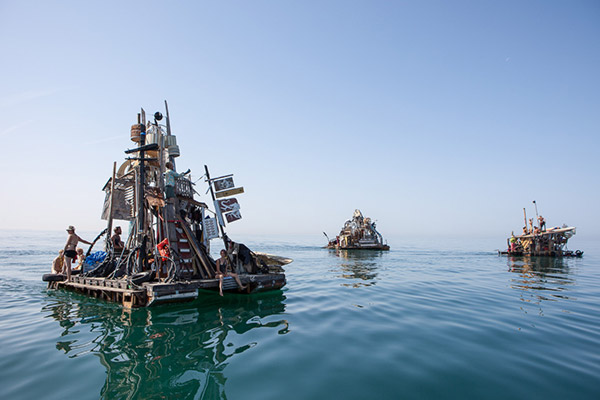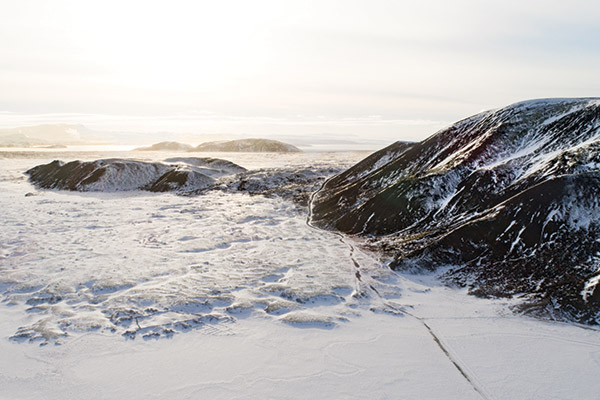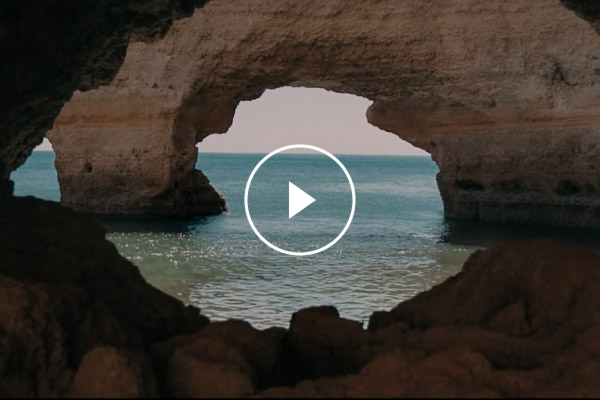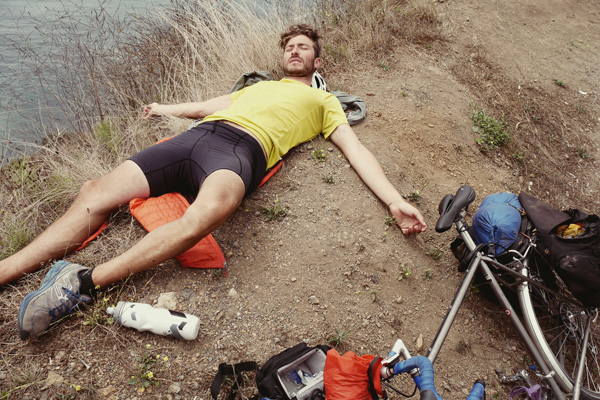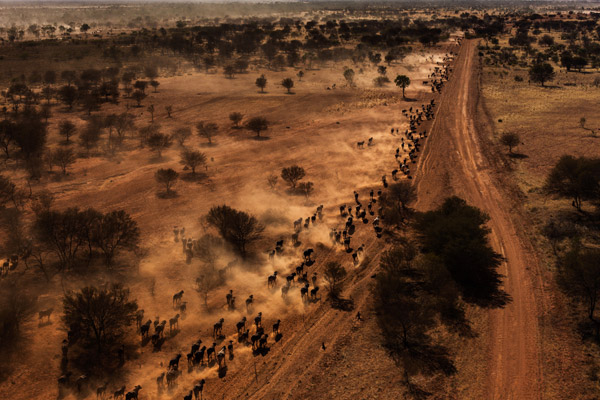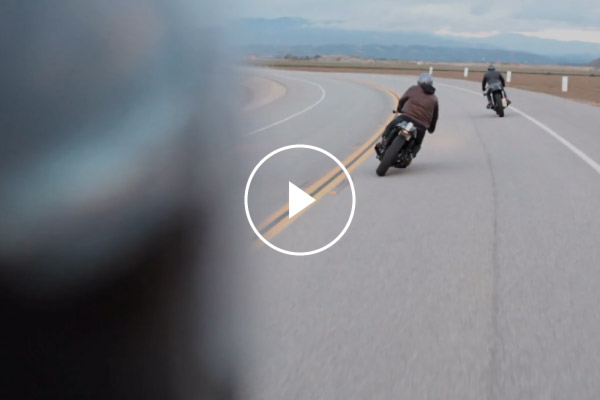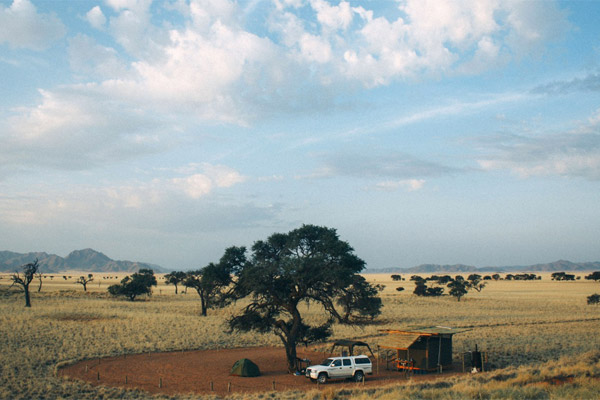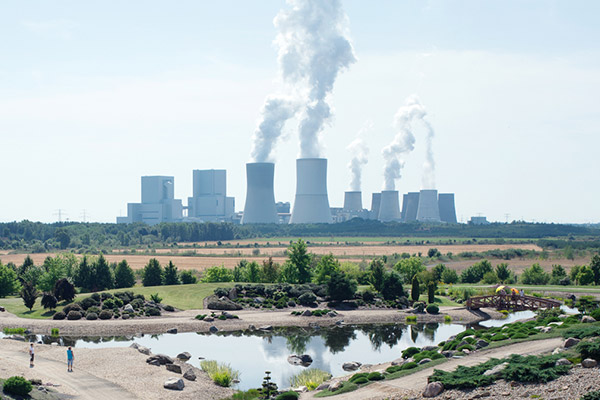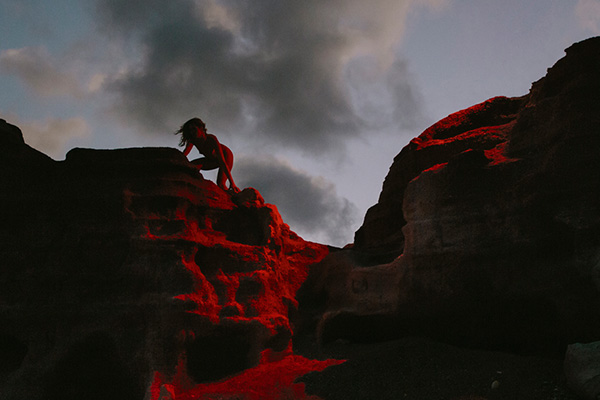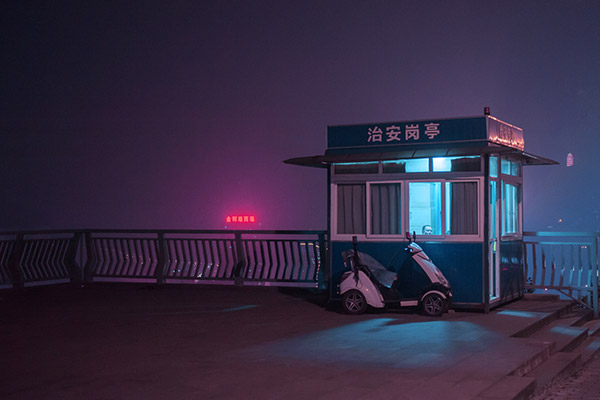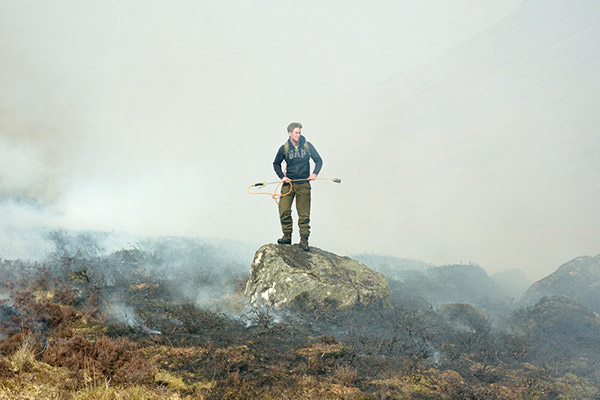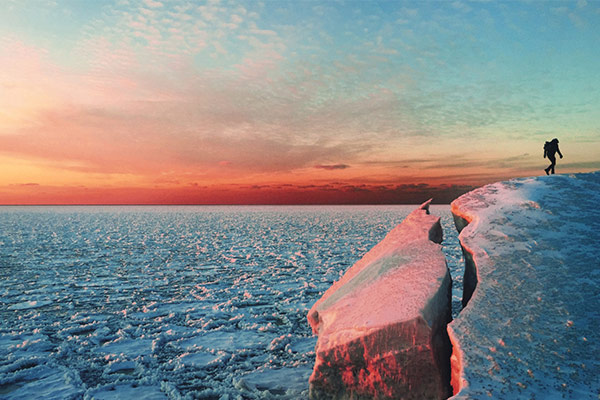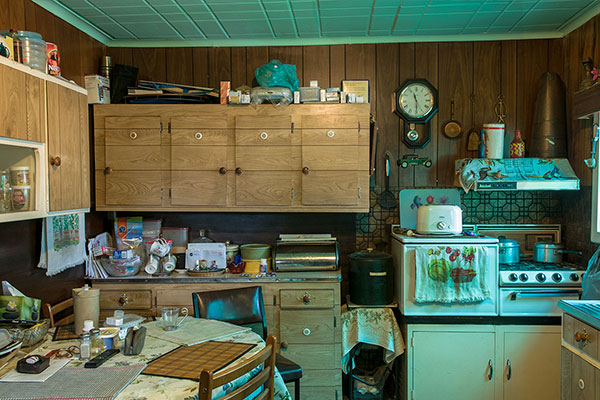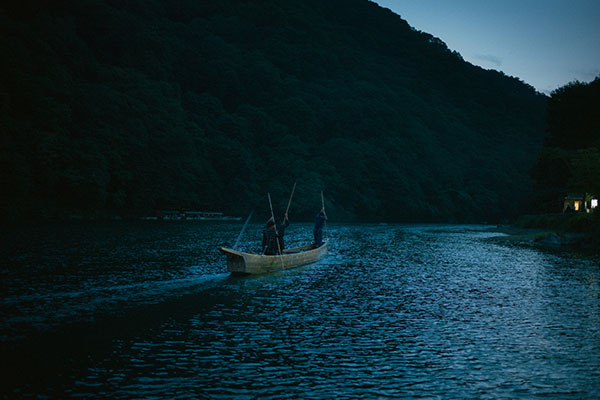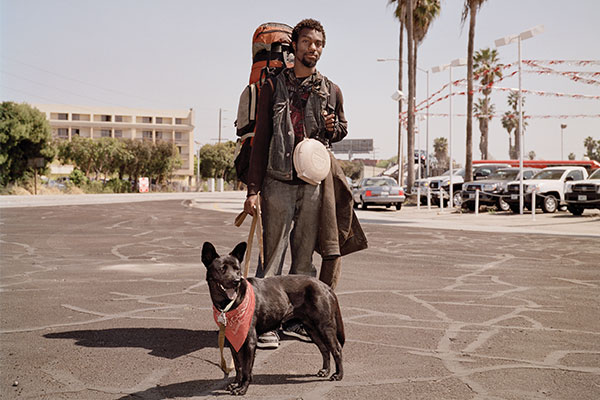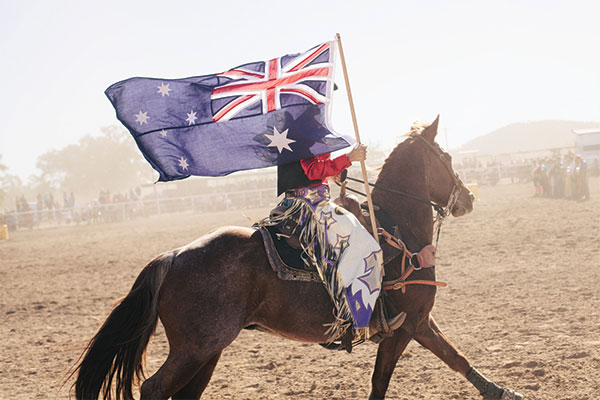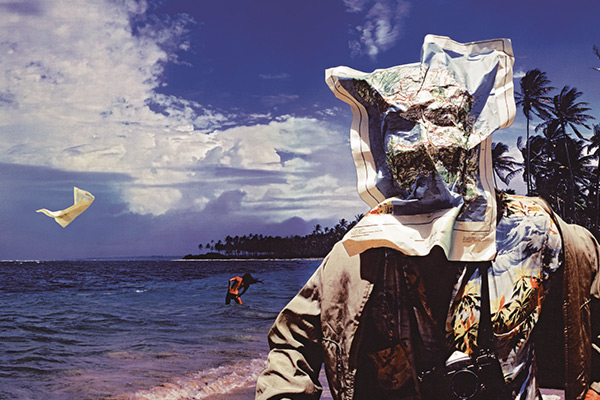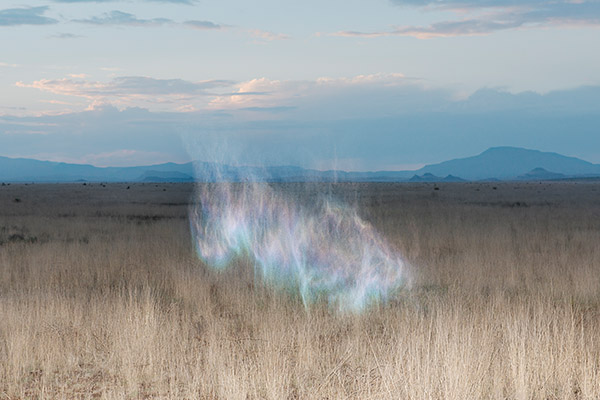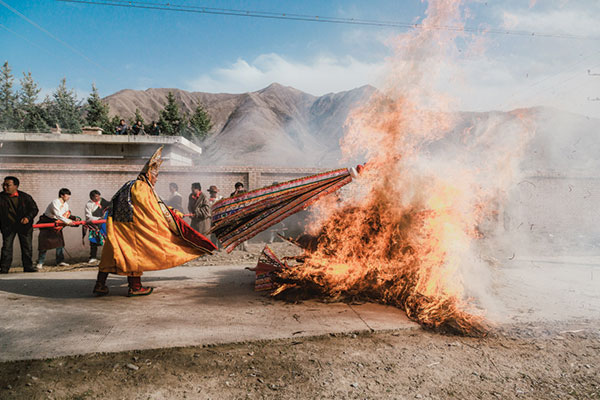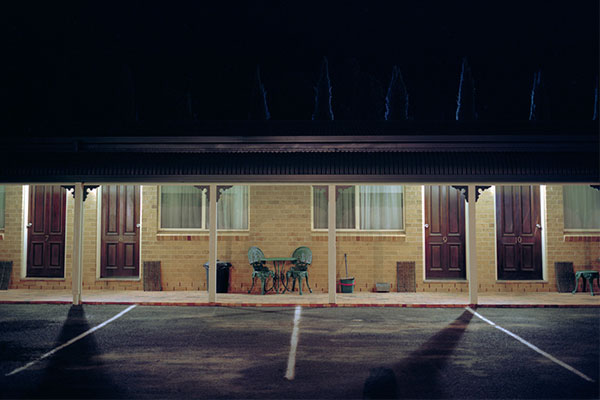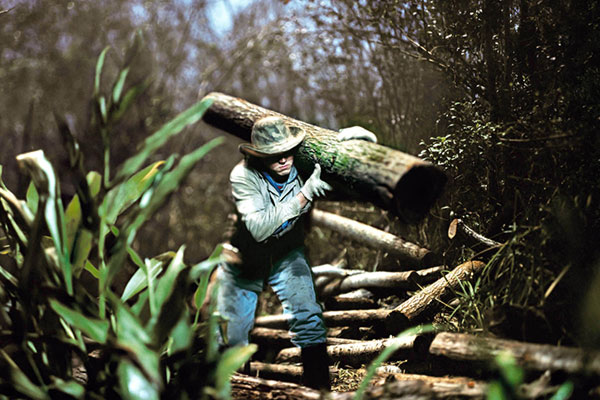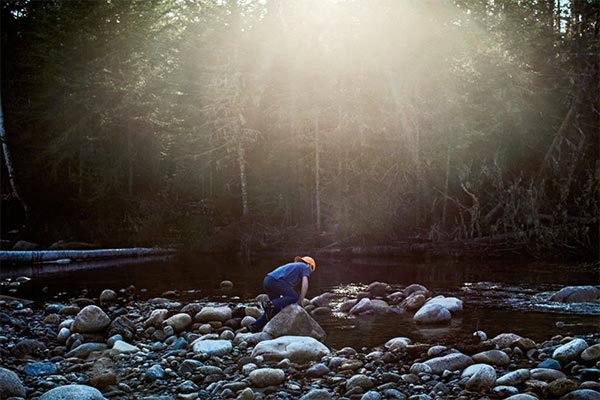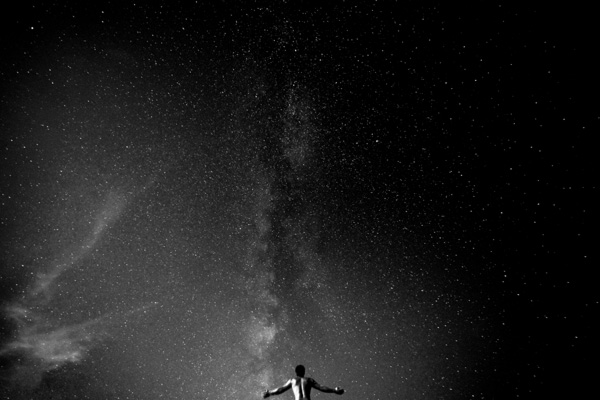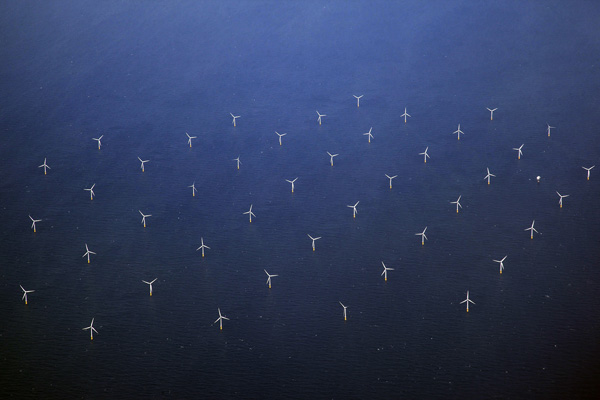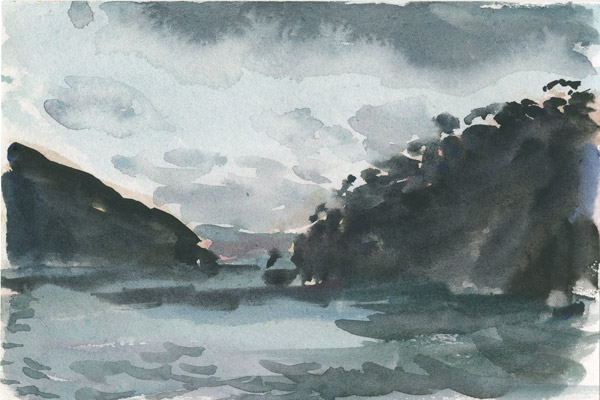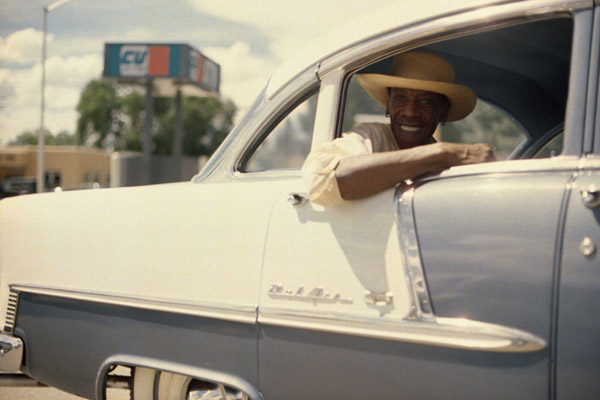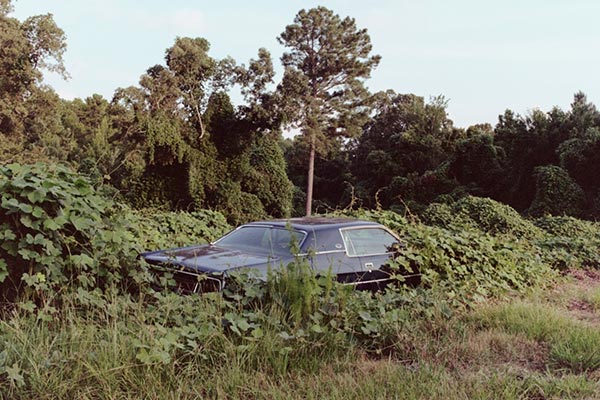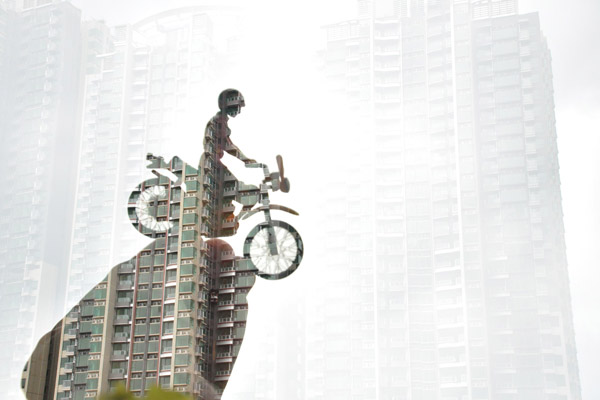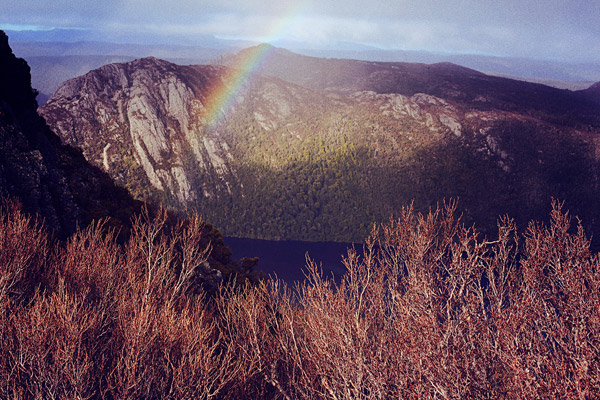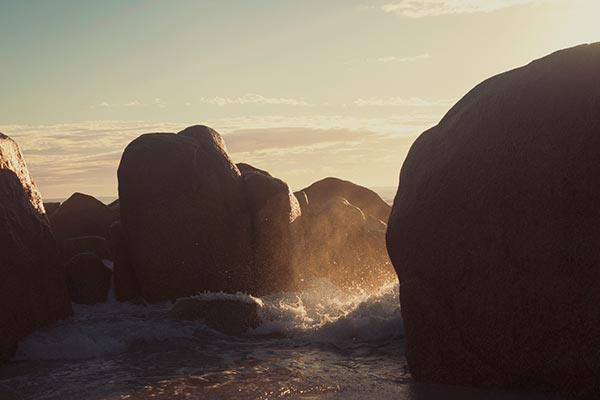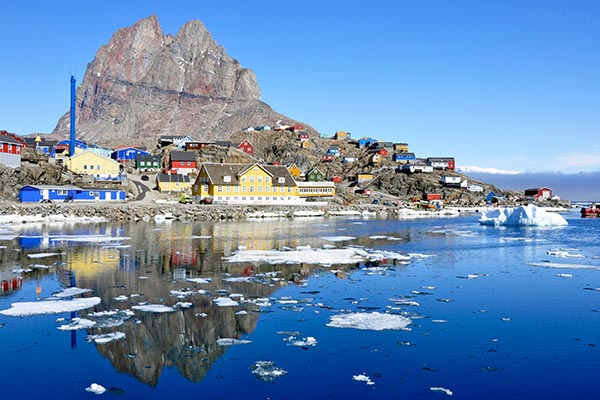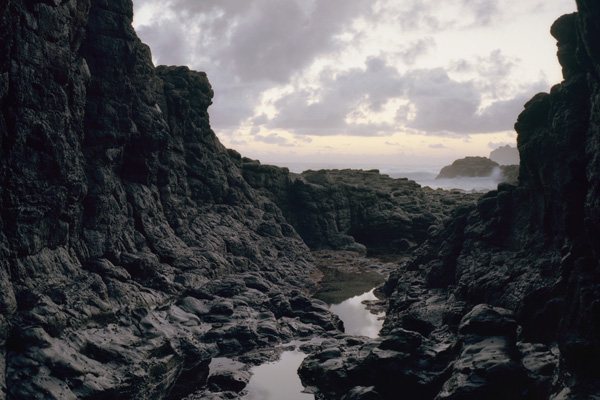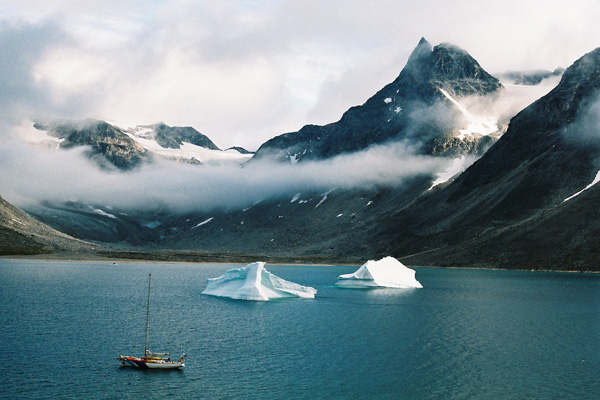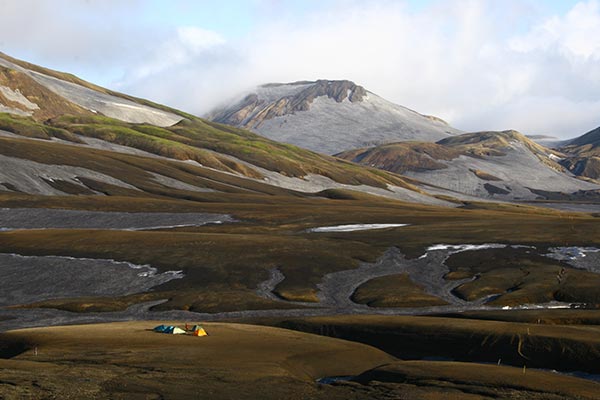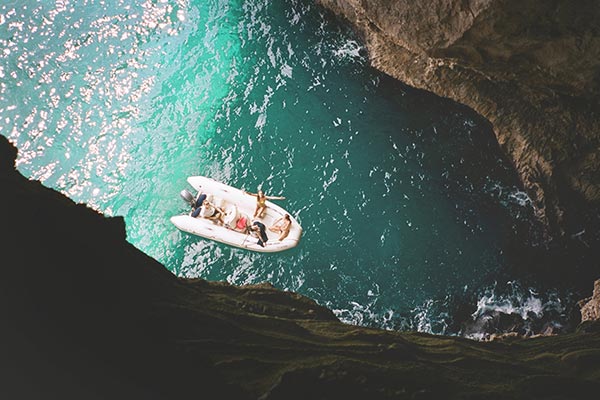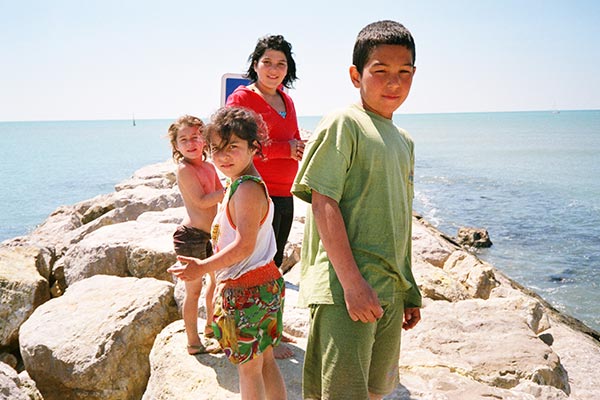Recently, The Adventure Handbook chatted with photographer Thierry Bal.
To introduce the breadth and depth of Thierry’s work is no mean feat. Perhaps a knack for capturing the inaccessible, with a career that spans over a decade, his images capture the remote and unknown to high profile.
So – we asked him to do so. And then kept the questions rolling.
AHB: First off, can you please introduce yourself, and tell me where and when you are right now.
Thierry: Hello! I am a Belgian photographer based in London, which, right now, is rather peaceful. The traditionally long British festive season has come to an end, and is slowly being replaced by the reality of January. For me it’s a period of reflection, to look back on the past year, and to plan new projects.
I can’t actually remember a period when I was not taking photographs.
When did you first pick up a camera, and how long have you been involved in photography?
I can’t actually remember a period when I was not taking photographs. I probably wasn’t snapping away when I was a toddler, but my mental archive does contain a picture of little-me aiming a lens at some sort of lemur in a German safari park. I must have been about nine. Professionally, I have been at it for 14 years now. Do you think there’s something in your personality, some kind of personal philosophy, that made you follow this line of work? Absolutely, I consider what I do as an essential part of the way I go about life. It certainly helps that I have always been interested in observing, both the details and the bigger context of just about anything around me. My work, by nature, is very collaborative, and it’s up to me how I approach interactions with others. My preferred way of working also affects the type of projects I choose to get involved with.
I have never been convinced by the idea of the artist-genius working in isolation. Engaging in collaborative processes does not mean negating one’s personal artistic vision.
Receive a postcard from us sign up

